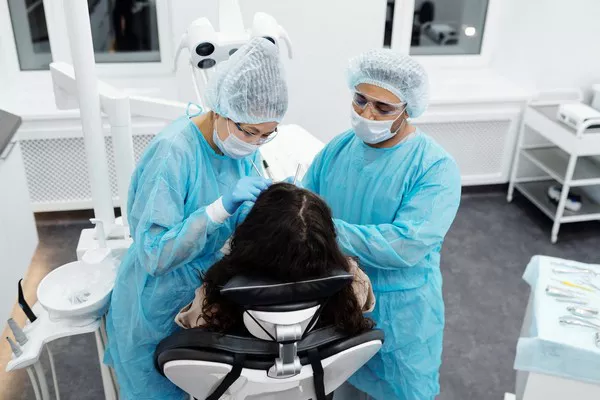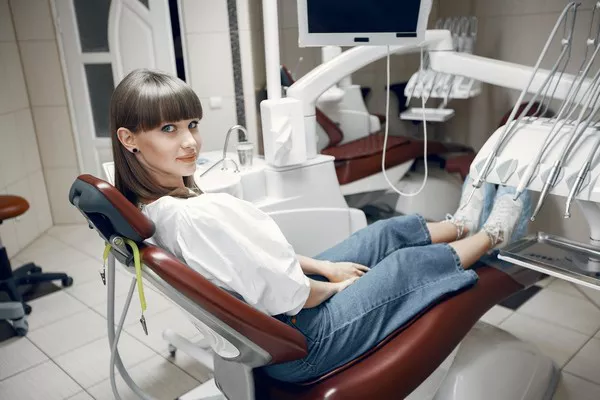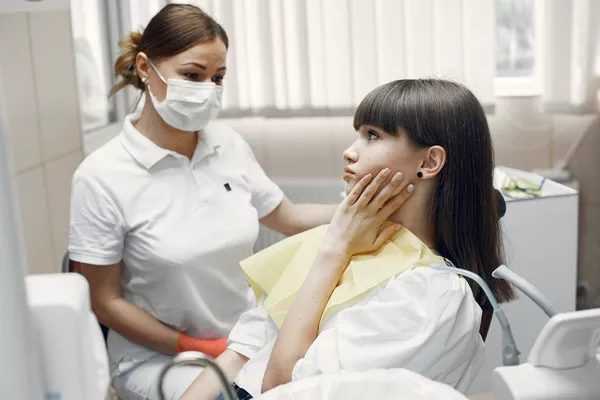A bright, white smile can enhance your appearance and boost your confidence. With numerous teeth whitening methods available today, it can be challenging to determine the most effective approach. In this article, we will explore the best ways to whiten teeth, considering both professional and at-home techniques. By understanding the different options and their advantages, you can make an informed decision about the most suitable method for achieving a radiant smile.
Professional Teeth Whitening :
Professional teeth whitening treatments, performed by qualified dental professionals, offer reliable and efficient results. Here are three popular professional teeth whitening techniques:
In-Office Teeth Whitening:
In-office treatments, also known as chairside bleaching, involve applying a high-concentration bleaching gel directly to the teeth. The gel is activated using a specialized light or laser, accelerating the whitening process. This technique offers immediate and noticeable results in a single visit, making it ideal for individuals seeking instant transformations.
Take-Home Custom Trays:
Dental professionals create custom-fit trays designed to hold a lower concentration whitening gel. Patients wear these trays at home for a specified duration, usually a couple of hours per day or overnight. Although take-home trays provide gradual results over a few weeks, they are convenient and allow for touch-ups when needed.
Professionally Supervised Whitening Strips or Gels:
Some dental professionals provide patients with whitening strips or gels that contain a lower concentration of bleaching agents. These products offer convenience and ease of use, allowing individuals to whiten their teeth at home under professional supervision.
At-Home Teeth Whitening Methods :
While professional treatments yield optimal results, several at-home teeth whitening methods can help maintain and enhance your smile. Here are some popular options:
Whitening Toothpaste:
Whitening toothpaste contains mild abrasives and chemical agents that remove surface stains from the teeth. While they can help lighten the teeth’s shade to some extent, they are most effective in maintaining the whiteness achieved through professional treatments.
Whitening Strips and Gels:
Over-the-counter whitening strips and gels offer a cost-effective alternative to professional treatments. These products usually contain a lower concentration of bleaching agents than those used in dental offices. Follow the instructions carefully for safe and effective use.
Whitening Mouthwashes:
Whitening mouthwashes contain hydrogen peroxide or other whitening agents that help remove surface stains and freshen breath. Incorporating them into your daily oral hygiene routine can contribute to a brighter smile over time.
Natural Remedies:
Some individuals opt for natural remedies to whiten their teeth. While these methods may have limited scientific evidence, popular options include oil pulling with coconut oil, brushing with baking soda, or using activated charcoal. It is important to approach natural remedies with caution and consult a dental professional for advice.
Maintaining Results and Oral Health :
Regardless of the teeth whitening method chosen, it is essential to adopt good oral hygiene practices and make lifestyle adjustments to maintain the results. Here are some tips:
- Brush your teeth at least twice a day with a whitening toothpaste.
- Floss daily to remove plaque and prevent staining between teeth.
- Limit consumption of staining substances like coffee, tea, red wine, and tobacco.
- Rinse your mouth after consuming pigmented foods or beverages.
- Visit your dentist regularly for professional cleanings and check-ups.
Why is my teeth yellow even though I brush?
There are several reasons why your teeth may appear yellow even if you brush regularly. Here are a few possible causes:
Natural Tooth Color:
Everyone has a different natural tooth color, which can range from off-white to yellowish. Some people naturally have teeth that appear more yellow due to the thickness of the enamel or the underlying dentin color.
Staining from Food and Drinks:
Certain foods and beverages, such as coffee, tea, red wine, berries, and dark-colored sauces, contain pigments that can stain the tooth enamel over time. Smoking or using tobacco products can also contribute to tooth discoloration.
Poor Oral Hygiene:
Inadequate brushing technique, infrequent brushing, or ineffective oral hygiene practices can lead to the buildup of plaque and tartar on your teeth, which can make them appear yellow.
Aging: As we age, the outer layer of enamel on our teeth naturally wears down, revealing more of the yellowish dentin underneath. This can cause teeth to appear more yellow as we get older.
Medications and Health Conditions:
Certain medications, such as tetracycline antibiotics, can cause tooth discoloration when taken during tooth development. Additionally, some health conditions or treatments (e.g., chemotherapy) can affect tooth color.
If you’re concerned about the yellow appearance of your teeth, it’s best to consult with a dentist. They can examine your teeth, identify the underlying cause of the discoloration, and recommend appropriate treatment options, such as professional teeth whitening or other cosmetic procedures.
Conclusion :
Achieving a dazzling smile involves selecting the most suitable teeth whitening technique based on individual preferences and requirements. Professional treatments offer immediate and significant results, while at-home methods provide convenience and maintenance options. Remember to consult with a dental professional to determine the best approach for your specific needs. Additionally, practicing good oral hygiene habits and making lifestyle adjustments can help prolong the effects of teeth whitening treatments and contribute to overall oral health and a confident smile.
Related Topics:





























